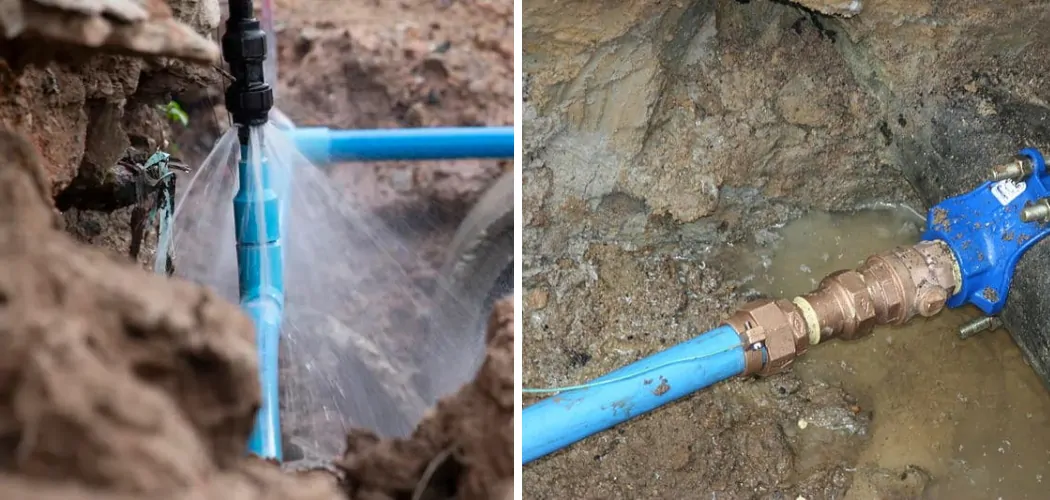If you own a home, chances are that at some point you may have to deal with plumbing issues. One of the most common and potentially disastrous problems is a main water line break.
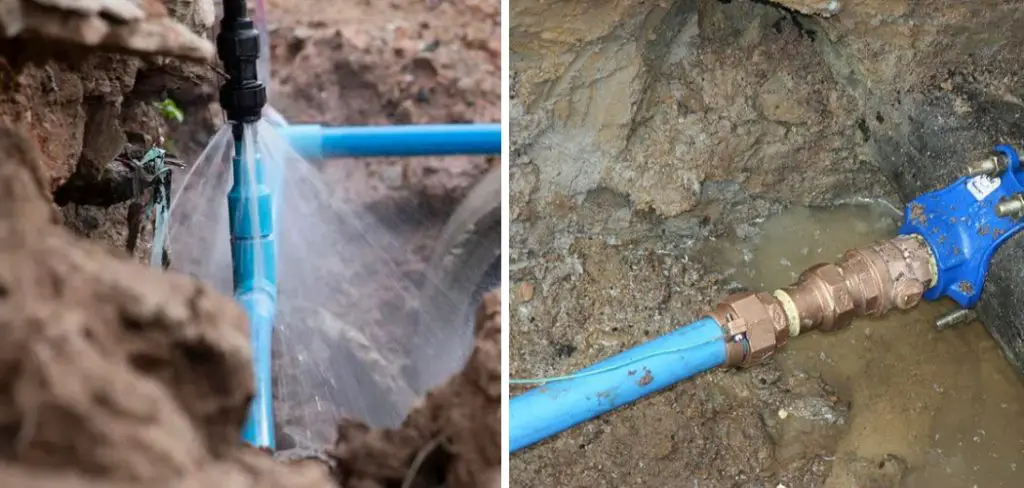
This can happen due to various reasons such as age, tree root intrusion, or shifting ground. A main water line break can cause significant damage to your property and result in expensive repairs if not dealt with promptly.
The main water line in your home carries clean water from the municipal supply to all the faucets, toilets, and appliances. If it breaks, you will be left without access to fresh water for drinking, cooking, cleaning, and other essential tasks.
Repairing a main water line promptly can save you from potential health hazards caused by contaminated water. It also prevents further damage to your property and saves you from expensive repairs. You can find step-by-step instructions on how to fix a main water line in this blog article.
Step-by-step Instructions for How to Fix a Main Water Line
Step 1: Inspect the Main Water Line
Inspecting the main water line is crucial to understanding what could be wrong with it. This step will help you understand if there are any leaks, breaks or damage in your main water line. Additionally, you should also check if there are any clogs that might be causing issues with the functionality of your main water line.
Step 2: Locate the Main Water Line Shut-off Valve
Once you have inspected the main water line, the next step is to locate the shut-off valve. The shut-off valve controls the flow of water into your home and is usually located near your foundation or on an exterior wall. If you are having trouble locating it, check your property inspection report or contact a professional plumber for assistance.
Step 3: Turn off the Main Water Supply
Once you have located the shut-off valve, turn it off to stop the flow of water. This is important because you do not want any water running through the main water line while you are working on it. After turning off the main water supply, drain any remaining water from your pipes by turning on all your faucets and flushing toilets. This will prevent any water from gushing out when you start working on the main water line.
Step 4: Prepare the Tools and Materials
Before starting to fix the main water line, make sure you have all the necessary tools and materials ready. This includes a pipe cutter, replacement pipe section, fittings, plumber’s tape, and a wrench. Using a pipe cutter, carefully cut out the damaged section of the main water line. Make sure to measure and mark the correct length for your replacement pipe section.
Step 5: Install the Replacement Pipe Section
Attach the fittings to each end of the replacement pipe section, making sure they are secure. Then, place the new pipe section into the gap in the main water line and tighten the fittings with a wrench. To ensure a tight seal, wrap the fittings with plumber’s tape before securing them with a wrench. This will prevent any leaks from occurring.
Step 6: Turn on the Main Water Supply
Once all the repairs have been made, turn on the main water supply and check for any leaks. If there are no leaks, you have successfully fixed your main water line. Finally, test the water pressure by turning on all your faucets and checking if the flow is steady. If everything looks good, then you have successfully fixed your main water line and can now enjoy a fully functioning plumbing system.
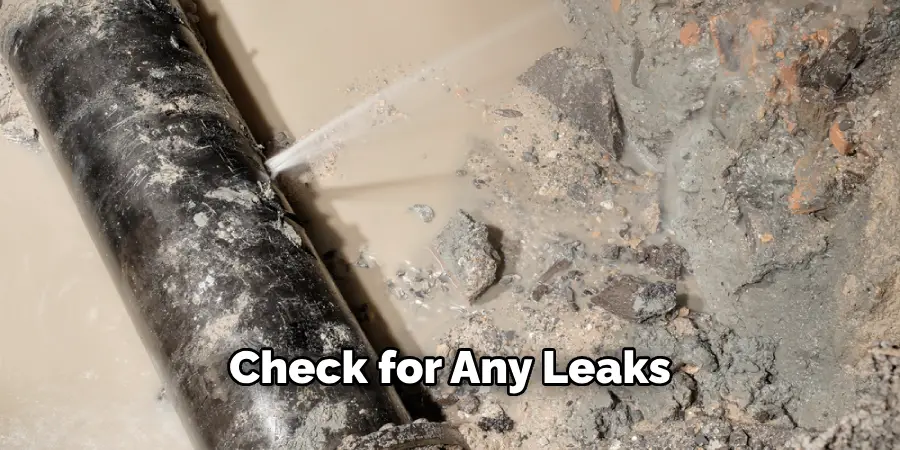
By following these step-by-step instructions, you can easily fix a main water line issue and save yourself from the hassle of hiring a professional plumber. Remember to always prioritize safety and if you are unsure about any steps, it’s best to seek assistance from a qualified professional.
Tips for How to Fix a Main Water Line
- The first step in fixing a main water line is to turn off the main water valve of your house. This ensures that no further water enters the pipes while you are working on them, reducing the risk of accidents or water damage.
- It is important to wear appropriate protective gear such as gloves and safety glasses when dealing with a main water line. This will protect you from any potential hazards such as sharp tools or debris.
- Before beginning any repairs, make sure to thoroughly inspect the area around the main water line for any potential hazards or obstacles. This includes checking for gas lines, electrical wires, and other important utilities that may be located nearby.
- If you are not familiar with fixing a main water line, it is best to consult a professional plumber for assistance. Attempting to fix the issue yourself without proper knowledge and experience can lead to further damage or even injury.
- Always use quality materials and tools when working on your main water line. This will ensure that your repairs are long-lasting and effective, reducing the need for frequent maintenance or future repairs.
- Lastly, make sure to follow all safety precautions and guidelines provided by the manufacturer of your main water line or any repair materials being used. This will help prevent any accidents or mishaps during the repair process.
What Are the Common Causes of Main Water Line Issues?
Main water line problems are a common occurrence for homeowners and can be caused by various factors. Here are some of the most common causes of main water line issues:
1. Age
As with any other component in a household, the main water line is also subject to wear and tear over time. With aging, there is an increased risk of leaks, cracks, and breaks in the pipe, resulting in water line issues.
2. Tree Roots
Roots from trees and other plants can grow into underground pipes, causing blockages and damage to main water lines. This is a common issue for homes with large trees or shrubs near the main water line.
3. Ground Shifting
The ground surrounding the main water line can shift due to various reasons such as natural disasters, construction activities, or soil erosion. This can put pressure on the pipes and potentially cause them to shift, crack, or burst.
4. Corrosion
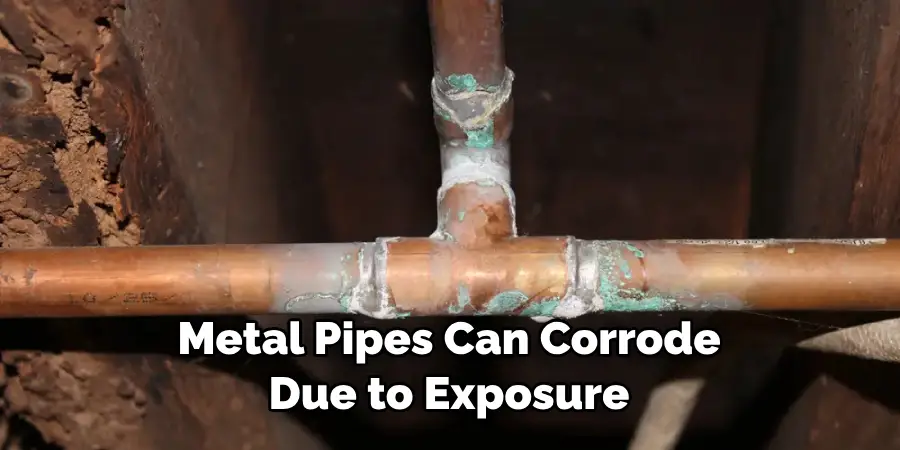
Over time, metal pipes can corrode due to exposure to moisture and other environmental factors. As a result of corrosion, leaks and breaks may occur in the main water line.
5. Freezing Temperatures
In cold climates, water inside the main water line can freeze, causing the pipe to expand and potentially burst. This can result in significant damage and water line issues.
6. Poor Installation
Incorrect installation of the main water line can cause problems later on. If the pipes are not laid properly or connected securely, they may develop leaks or breakages over time.
7. Poor Water Quality
Water with a high mineral content can cause corrosion and buildup inside the main water line, leading to blockages and reduced water flow.
8. Construction Damage
During construction or renovation work, heavy machinery can accidentally damage the main water line, causing leaks and other issues.
Pros and Cons of Fixing a Main Water Line on Your Own
Pros
1. Cost-saving
One of the biggest advantages of fixing a main water line on your own is the cost savings. Hiring a professional plumber can be expensive, and if you are on a tight budget, doing it yourself can help you save some money.
2. DIY Satisfaction
There’s no denying the sense of satisfaction that comes with fixing something on your own. It gives you a feeling of accomplishment and boosts your confidence.
3. Convenience
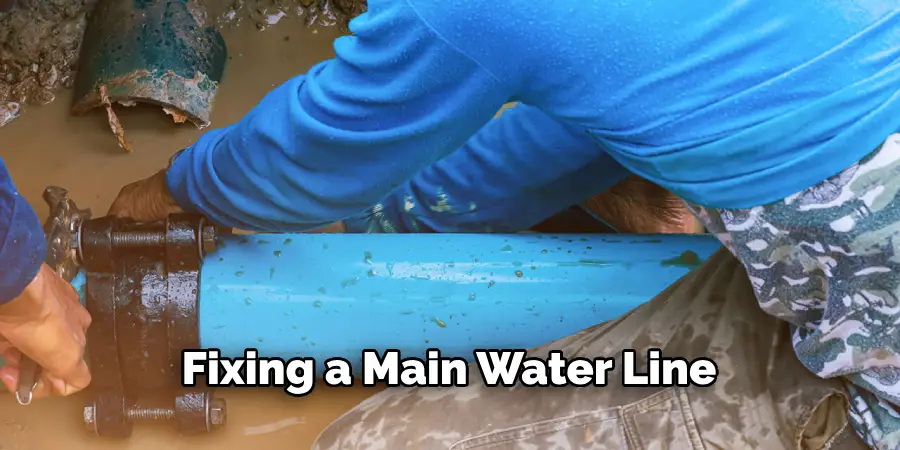
If you are handy with tools and enjoy DIY projects, fixing a main water line on your own can be a convenient option. You can work at your own pace without having to schedule appointments with plumbers.
Cons
1. Lack of Expertise
Fixing a main water line requires technical knowledge and expertise. If you are not familiar with the plumbing system, you may end up causing more damage than good.
2 . Safety Concerns
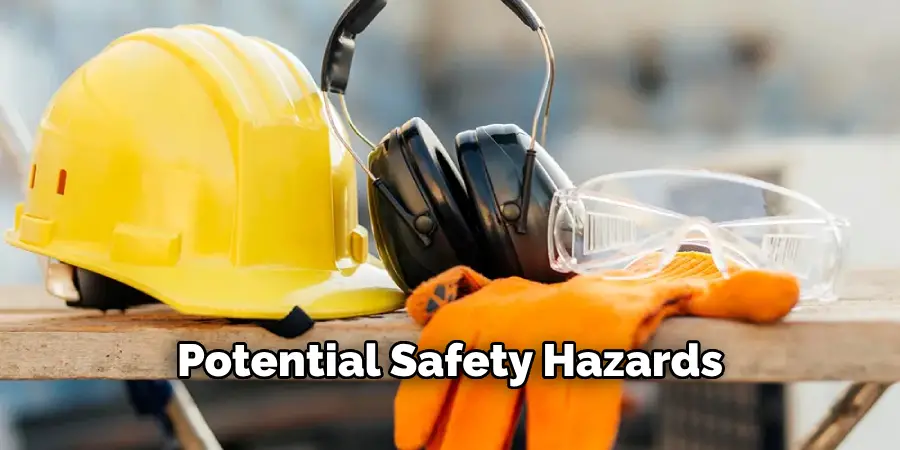
Since main water lines carry a significant amount of water, there are potential safety hazards involved when working on them. You may expose yourself to electrical shock or other risks if you don’t know what you’re doing.
3. Time-consuming
Fixing a main water line is not a simple task and can be time-consuming, especially if you are not familiar with the process. It may require multiple trips to the hardware store, which can further delay the repair.
Can You Prevent Future Issues With Your Main Water Line?
Prevention is always better than cure, and the same applies to your main water line. Here are some tips to help you avoid future problems with your main water line:
1. Regular Maintenance
The best way to prevent issues with your main water line is through regular maintenance. Have a professional plumber inspect it at least once a year to identify any potential problems early on.
2. Avoid Harsh Chemicals
Using harsh chemicals to unclog your drains can cause damage to the pipes, leading to bigger issues down the line. Stick to natural cleaning solutions or consider using a drain snake instead.
3. Monitor Water Pressure
High water pressure can put strain on your main water line, causing it to burst or leak. Keep an eye on your water pressure and consider installing a water pressure regulator if it’s too high.
4. Be Mindful of What Goes Down Your Drains
Avoid flushing large or non-biodegradable items down your drains as they can cause clogs and damage to your main water line.
5. Insulate Exposed Pipes
In colder climates, exposed pipes can freeze and burst, causing significant damage to your main water line. Insulate any exposed pipes to prevent this from happening.
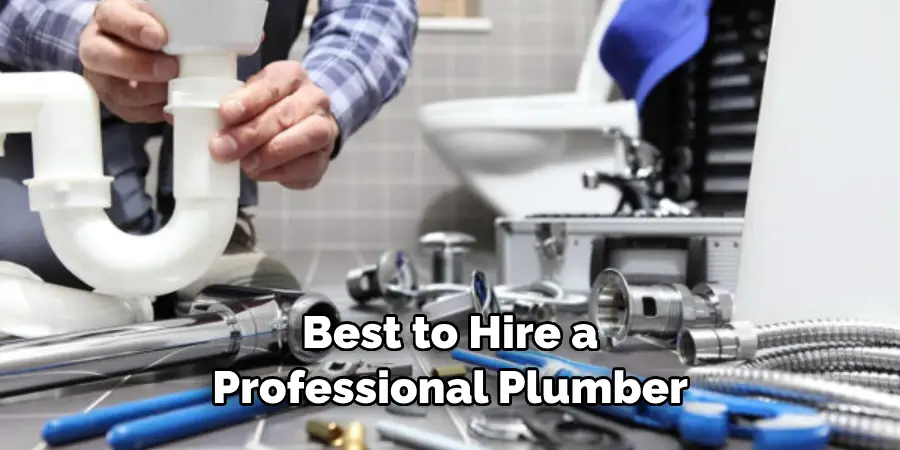
In conclusion, fixing a main water line on your own is possible, but it’s not something everyone can or should do. If you have the necessary skills and knowledge, it can be a cost-effective and rewarding option. However, if you are unsure of how to fix the issue or are concerned about your safety, it’s best to hire a professional plumber.
Conclusion
In conclusion, fixing a main water line is not an easy task and requires proper knowledge, tools, and skills. It is important to identify the cause of the problem before attempting any repairs. This can save you time, money, and prevent further damage to your home.
One of the key steps in fixing a main water line is locating the exact area where the leak or break has occurred. This can be done by turning off the main water supply and checking for any visible signs of damage.
In some cases, using a water leak detection device may be necessary to pinpoint the exact location. Once the damaged area has been identified, it is important to gather all the necessary tools and materials before beginning repairs.
This includes pipe cutters, wrenches, replacement pipes, and any other necessary items. I hope this article has been beneficial for learning how to fix a main water line. Make Sure the precautionary measures are followed chronologically.

